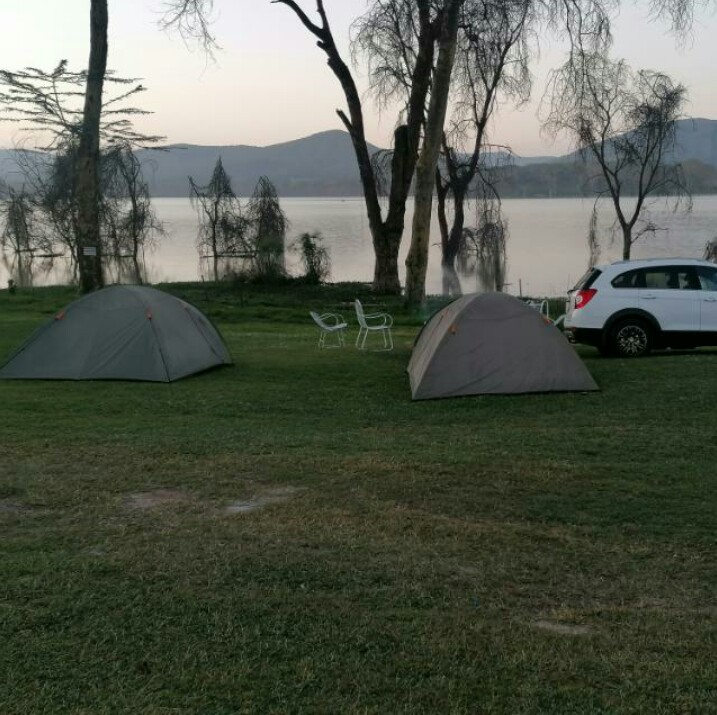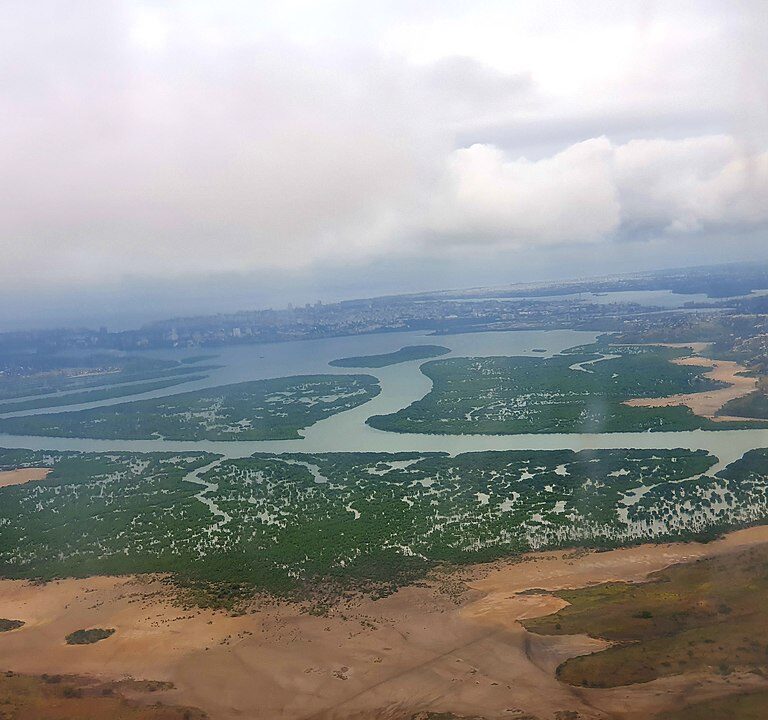Nestled on the coast of Kenya, just north of Mombasa, lies the Arabuko Sokoke National Reserve – a hidden gem filled with secrets waiting to be discovered. This protected area is home to a diverse array of wildlife, including many species found nowhere else on earth. It is a place of great importance for conservation. It is the largest remaining fragment of dry coastal forest in East Africa and provides a vital habitat for many endangered species.
The Arabuko Sokoke National Reserve can be explored by road and on foot, and an experienced guide is recommended to appreciate the forest’s secrets fully. Join us as we journey through this magical place and uncover its wonders.
History of The Arabuko Sokoke National Reserve
The Arabuko Sokoke National Reserve has a rich history that stretches back centuries. Located on the coast of Kenya, the reserve is the largest remaining fragment of dry coastal forest in East Africa. It is an area of high endemism, with many species of plants and animals found nowhere else on earth.
The forest was first protected as a Crown Forest in 1943 and was gazetted in the 1960s. However, in the late 1980s, the National Park was gazetted in the northwestern corner of the reserve. Today, the National Park is jointly managed by the Kenya Forest Service, the Kenya Wildlife Service, the National Museums of Kenya, and the Kenya Forest Research Institute.
Despite its protected status, the Arabuko Sokoke National Reserve is facing several threats that risk the survival of its unique and diverse ecosystems. These threats include the expansion of human settlements, the illegal harvesting of resources, and the impacts of climate change. Conservation organizations and individuals are working to protect the reserve and promote sustainable land use practices to address these threats.
Exploring the Forest
The Arabuko Sokoke National Reserve is home to three different types of forest, each with its unique features and characteristics. The mixed forest, found on the wetter coastal sands in the east, is characterized by diverse trees. This type of forest supports many plant and animal life and is a great place to spot various bird species.
The Brachystegia (miombo) forest occupies the drier white sands in the center of the reserve, and tall, straight trees with smooth, grey bark characterize it. This type of forest is home to a different set of species than the mixed one, offering a different habitat for plants and animals.
The dense Cynometra forest is found on the red sands of the western edge of the reserve and is characterized by thick, tangled undergrowth. This type of forest provides a more sheltered habitat for smaller species, and it is a great place to spot rare and elusive animals such as the Sokoke bushy-tailed mongoose and the Aders’ duiker.
Whether you are interested in birds, mammals, or plants, the Arabuko Sokoke National Reserve has something to offer. The reserve is a true naturalist’s paradise with its three different forest types.
Threats to the Reserve
The Arabuko Sokoke National Reserve is facing several threats that risk the survival of its unique and diverse ecosystems. One of the main threats to the reserve is the expansion of human settlements, which can lead to habitat loss and conflict with wildlife. This is particularly concerning as the reserve is located on the densely populated coast of Kenya, and there is a high demand for land.
Another threat to the reserve is the illegal harvesting of resources, such as charcoal burning, which damages the fragile forest ecosystem. These activities can also contribute to habitat loss and disrupt the delicate balance of the forest ecosystem.
In addition to these threats, the reserve is also facing the impacts of climate change, which can lead to changes in rainfall patterns and temperatures affecting the plants and animals that call the reserve home.
To address these threats, conservation organizations and individuals are working to improve relations with local communities and promote sustainable land use practices. They are also working to protect the reserve from illegal activities and to raise awareness about the importance of this unique and special place.
Recommendations for Visiting the Reserve
If you plan to visit the Arabuko Sokoke National Reserve, you can do a few things to make the most of your trip and support the reserve’s conservation efforts. First, hiring a knowledgeable guide who can provide information about the forest and its wildlife and help you spot rare and elusive species is important. It is also a good idea to research the best time to visit the reserve, as different species are more active at different times of the year.
In addition to these practical tips, it is important to be responsible and sustainable in tourism. This means following the reserve’s rules, respecting the local culture and communities, and minimizing your environmental impact. This can include things like carrying out your trash, not disturbing wildlife, and staying on designated trails.
Conclusion
The Arabuko Sokoke National Reserve is a unique and special place filled with rare and endangered species found nowhere else on earth. A visit to this protected forest offers the opportunity to discover the secrets of this unique ecosystem and appreciate the beauty of Kenya’s natural world. While the reserve faces challenges, it is also home to dedicated individuals and organizations working to protect and preserve this precious habitat for future generations. If you plan to visit Kenya, add the Arabuko Sokoke National Reserve to your list of must-see destinations.







